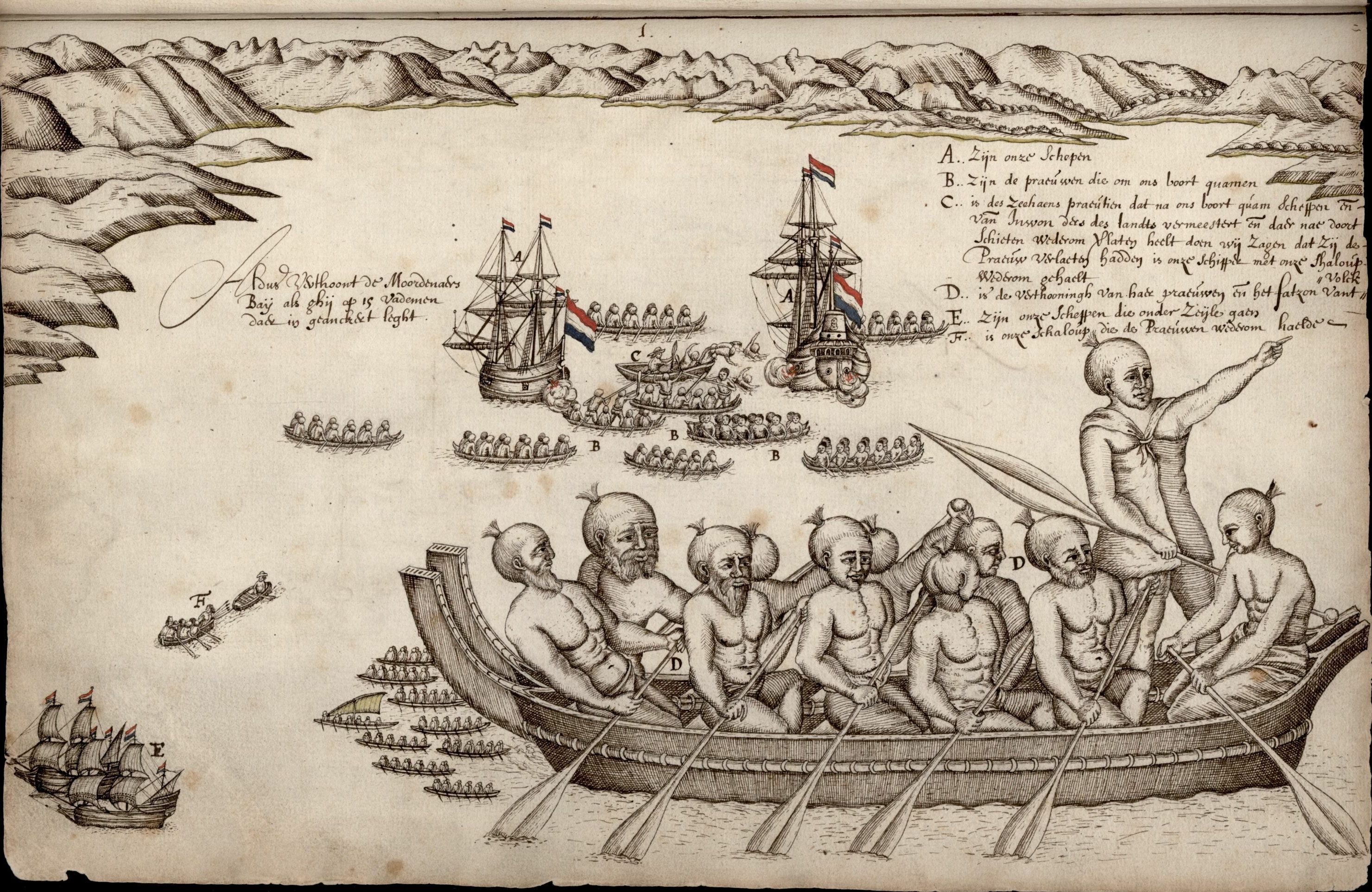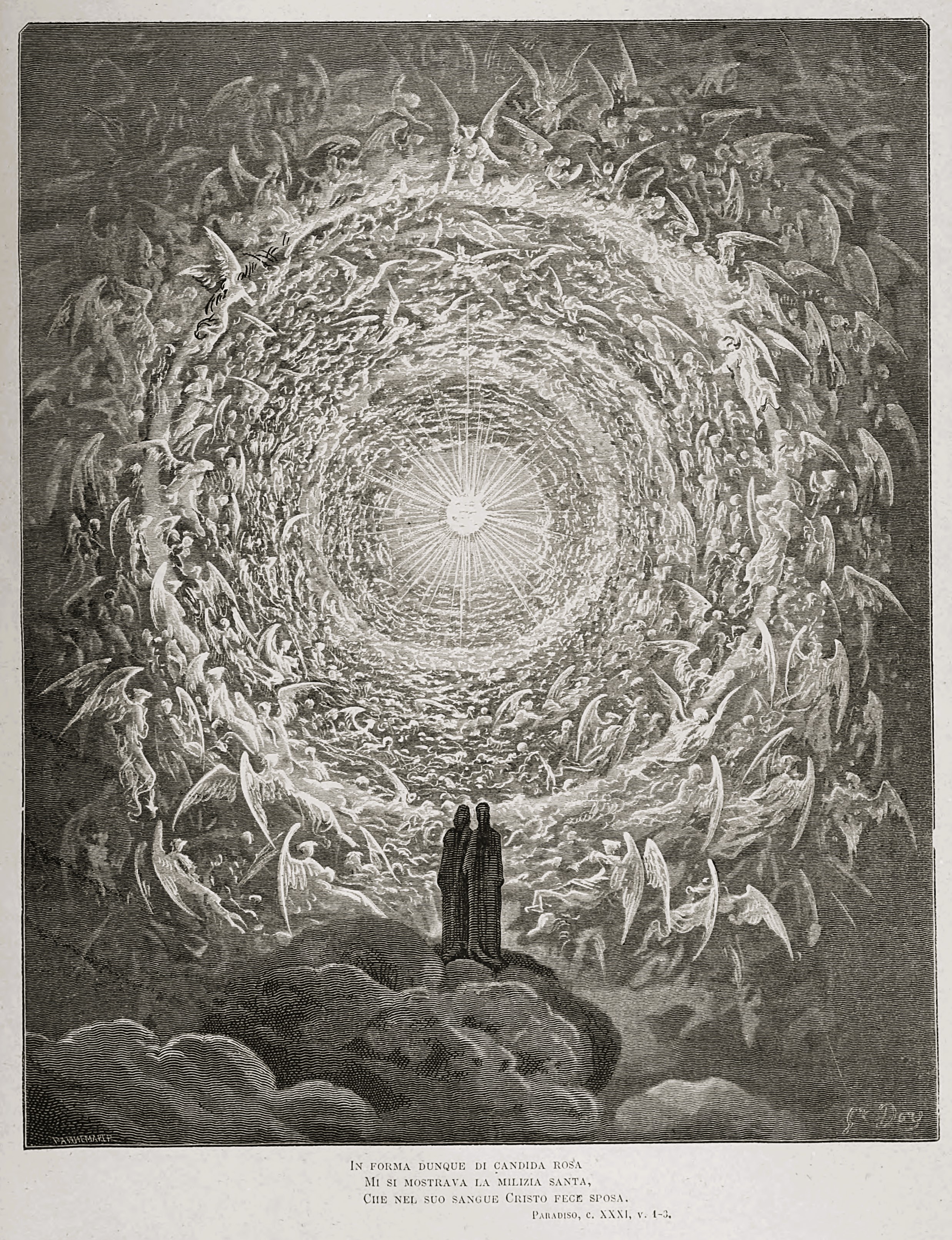|
Matakerepō
Matakerepō, in a Māori story of the Arawa tribe of Rotorua, is a female ancestor of the hero Tāwhaki. She is an example of the 'female helper', a recurrent element in Polynesian myth and legend, who assists Tāwhaki to attain his quest of finding his wife and daughter, from whom he is estranged. Matakerepō is a somewhat threatening figure who must be placated. Soon after Tāwhaki and his slave set off on their journey, they come upon Matakerepō guarding the vines (or ropes) that form the pathway up into the heavens, where Tāwhaki's daughter Puanga and his wife Hāpai are living. Matakerepō is blind. As she counts out the ten taro tubers that are heaped in front of her, Tāwhaki removes the tenth taro when Matakerepō has reached nine. She counts again, and this time Tāwhaki removes the ninth tuber. This continues until the old woman realises that someone is deceiving her. She begins to sniff the air, and her stomach distends, ready to swallow the stranger. She sniffs towar ... [...More Info...] [...Related Items...] OR: [Wikipedia] [Google] [Baidu] |
Tāwhaki
In Māori mythology Māori mythology and Māori traditions are two major categories into which the remote oral history of New Zealand's Māori may be divided. Māori myths concern fantastic tales relating to the origins of what was the observable world for the p ..., Tāwhaki is a semi-supernatural being associated with lightning and thunder. Genealogy The genealogy of Tāwhaki varies somewhat in different accounts. In general, Tāwhaki is a grandson of Whaitiri, a cannibalistic goddess who marries the mortal Kaitangata (mythology), Kaitangata (man-eater), thinking that he shares her taste for human flesh. Disappointed at finding that this is not so, she leaves him after their sons Hemā (mythology), Hemā and Punga (mythology), Punga are born and returns to heaven. Hemā is the father of Tāwhaki and Karihi. Tāwhaki grows up to be handsome, the envy of his cousins, who beat him up and leave him for dead. He is nursed back to health by his wife, who feeds the fire that warms ... [...More Info...] [...Related Items...] OR: [Wikipedia] [Google] [Baidu] |
Māori Mythology
Māori mythology and Māori traditions are two major categories into which the remote oral history of New Zealand's Māori may be divided. Māori myths concern fantastic tales relating to the origins of what was the observable world for the pre-European Māori, often involving gods and demigods. Māori tradition concerns more folkloric legends often involving historical or semi-historical forebears. Both categories merge in to explain the overall origin of the Māori and their connections to the world which they lived in. Māori had yet to invent a writing system before European contact, beginning in 1769, so they had no method to permanently record their histories, traditions, or mythologies. They relied on oral retellings memorised from generation to generation. The three forms of expression prominent in Māori and Polynesian oral literature are genealogical recital, poetry, and narrative prose. Experts in these subjects were broadly known as . The rituals, beliefs, and ... [...More Info...] [...Related Items...] OR: [Wikipedia] [Google] [Baidu] |
Whaitiri
Whaitiri is a female atua and personification of thunder in Māori mythology. She is the grandmother of Tāwhaki and Karihi. Whaitiri is the granddaughter of Te Kanapu, son of Te Uira, both of whom are personified forms of lightning (Reed 1963:158). Another more primary atua of thunder, a male, is Tāwhirimātea. Marries Kaitangata Whaitiri is a fearsome figure, fond of cannibalism. When she hears of a mortal named Kaitangata (man-eater), she is certain he will make a fine husband for her. She comes down to earth and marries him, but is disappointed to learn that he is a gentle person, nothing like his name suggests. Whaitiri kills her favourite slave, Anonokia, takes out her heart and liver, and offers them to Kaitangata as a sign of her affection. He is horrified at the grisly offering (Reed 1963:158-159). Kaitangata is a hard worker, spending a lot of time fishing to feed his family. Unfortunately, he has never learned how to make hooks with a barb, and so most of his f ... [...More Info...] [...Related Items...] OR: [Wikipedia] [Google] [Baidu] |
Te Arawa
Te Arawa is a confederation of Māori iwi and hapu (tribes and sub-tribes) of New Zealand who trace their ancestry to the Arawa migration canoe (''waka'')."Te Arawa" ''Te Ara – the Encyclopedia of New Zealand''. The tribes are based in the and areas and have a population of around 40,000. History The history of the Te Arawa people is inextricably linked to the Arawa canoe. The Te Arawa tribes have a close historical interest in the lakes around Rotorua. Many Te Arawa men fought for the Colonial Government in the |
Rotorua
Rotorua () is a city in the Bay of Plenty region of New Zealand's North Island. The city lies on the southern shores of Lake Rotorua, from which it takes its name. It is the seat of the Rotorua Lakes District, a territorial authority encompassing Rotorua and several other nearby towns. Rotorua has an estimated resident population of , making it the country's 12th largest urban area, and the Bay of Plenty's second largest urban area behind Tauranga. Rotorua is a major destination for both domestic and international tourists; the tourism industry is by far the largest industry in the district. It is known for its geothermal activity, and features geysers – notably the Pōhutu Geyser at Whakarewarewa – and hot mud pools. This thermal activity is sourced to the Rotorua Caldera, in which the town lies. Rotorua is home to the Toi Ohomai Institute of Technology. History The name Rotorua comes from the Māori language, where the full name for the city and lake is . ''Roto ... [...More Info...] [...Related Items...] OR: [Wikipedia] [Google] [Baidu] |
Hero
A hero (feminine: heroine) is a real person or a main fictional character who, in the face of danger, combats adversity through feats of ingenuity, courage, or strength. Like other formerly gender-specific terms (like ''actor''), ''hero'' is often used to refer to any gender, though ''heroine'' only refers to women. The original hero type of classical epics did such things for the sake of glory and honor. Post-classical and modern heroes, on the other hand, perform great deeds or selfless acts for the common good instead of the classical goal of wealth, pride, and fame. The antonym of ''hero'' is '' villain''. Other terms associated with the concept of ''hero'' may include ''good guy'' or '' white hat''. In classical literature, the hero is the main or revered character in heroic epic poetry celebrated through ancient legends of a people, often striving for military conquest and living by a continually flawed personal honor code. The definition of a hero has changed ... [...More Info...] [...Related Items...] OR: [Wikipedia] [Google] [Baidu] |
Myth
Myth is a folklore genre consisting of narratives that play a fundamental role in a society, such as foundational tales or origin myths. Since "myth" is widely used to imply that a story is not objectively true, the identification of a narrative as a myth can be highly controversial. Many adherents of religions view their own religions' stories as truth and so object to their characterization as myth, the way they see the stories of other religions. As such, some scholars label all religious narratives "myths" for practical reasons, such as to avoid depreciating any one tradition because cultures interpret each other differently relative to one another. Other scholars avoid using the term "myth" altogether and instead use different terms like "sacred history", "holy story", or simply "history" to avoid placing pejorative overtones on any sacred narrative. Myths are often endorsed by secular and religious authorities and are closely linked to religion or spirituality. Many socie ... [...More Info...] [...Related Items...] OR: [Wikipedia] [Google] [Baidu] |
Puanga
), signalling the Māori new year., litcolor=, observedby=New Zealanders, nickname=, official_name=, alt=, image=M45 Pleiades Pbkwee (cropped to core 9 stars).jpg, relatedto=, date2022=24 June, date2023=14 July In Māori culture, Matariki is the name of the Pleiades star cluster and the celebration of its first rising in late June or early July. This marks the beginning of the new year in the Māori lunar calendar. Historically Matariki was usually celebrated for a period of days during the last quarter of the moon of the lunar month Pipiri (around June). The ceremony involved viewing the individual stars for forecasts of the year to come, mourning the deceased of the past year, and making an offering of food to replenish the stars. Some Māori use the rise of Puanga (Rigel) or other stars to mark the new year. Celebration of Matariki declined during the 20th century, but beginning in the early 1990s it underwent a revival. Matariki was first celebrated as an official public ... [...More Info...] [...Related Items...] OR: [Wikipedia] [Google] [Baidu] |
Taro
Taro () (''Colocasia esculenta)'' is a root vegetable. It is the most widely cultivated species of several plants in the family Araceae that are used as vegetables for their corms, leaves, and petioles. Taro corms are a food staple in African, Oceanic, and South Asian cultures (similar to yams). Taro is believed to be one of the earliest cultivated plants. Names and etymology The English term '' taro'' was borrowed from the Māori language when Captain Cook first observed ''Colocasia'' plantations there in 1769. The form ''taro'' or ''talo'' is widespread among Polynesian languages:*''talo'': taro (''Colocasia esculenta'') – entry in the ''Polynesian Lexicon Project Online'' (Pollex). in Tahitian; ... [...More Info...] [...Related Items...] OR: [Wikipedia] [Google] [Baidu] |
Goddess
A goddess is a female deity. In many known cultures, goddesses are often linked with literal or metaphorical pregnancy or imagined feminine roles associated with how women and girls are perceived or expected to behave. This includes themes of spinning, weaving, beauty, love, sexuality, motherhood, domesticity, creativity, and fertility (exemplified by the ancient mother goddess cult). Many major goddesses are also associated with magic, war, strategy, hunting, farming, wisdom, fate, earth, sky, power, laws, justice, and more. Some themes, such as discord or disease, which are considered negative within their cultural contexts also are found associated with some goddesses. There are as many differently described and understood goddesses as there are male, shapeshifting, or neuter gods. In some faiths, a sacred female figure holds a central place in religious prayer and worship. For example, Shaktism, the worship of the female force that animates the world, is one of the three maj ... [...More Info...] [...Related Items...] OR: [Wikipedia] [Google] [Baidu] |
Heaven
Heaven or the heavens, is a common religious cosmological or transcendent supernatural place where beings such as deities, angels, souls, saints, or venerated ancestors are said to originate, be enthroned, or reside. According to the beliefs of some religions, heavenly beings can descend to Earth or incarnate and earthly beings can ascend to Heaven in the afterlife or, in exceptional cases, enter Heaven alive. Heaven is often described as a "highest place", the holiest place, a Paradise, in contrast to hell or the Underworld or the "low places" and universally or conditionally accessible by earthly beings according to various standards of divinity, goodness, piety, faith, or other virtues or right beliefs or simply divine will. Some believe in the possibility of a heaven on Earth in a '' world to come''. Another belief is in an axis mundi or world tree which connects the heavens, the terrestrial world, and the underworld. In Indian religions, heaven is cons ... [...More Info...] [...Related Items...] OR: [Wikipedia] [Google] [Baidu] |






